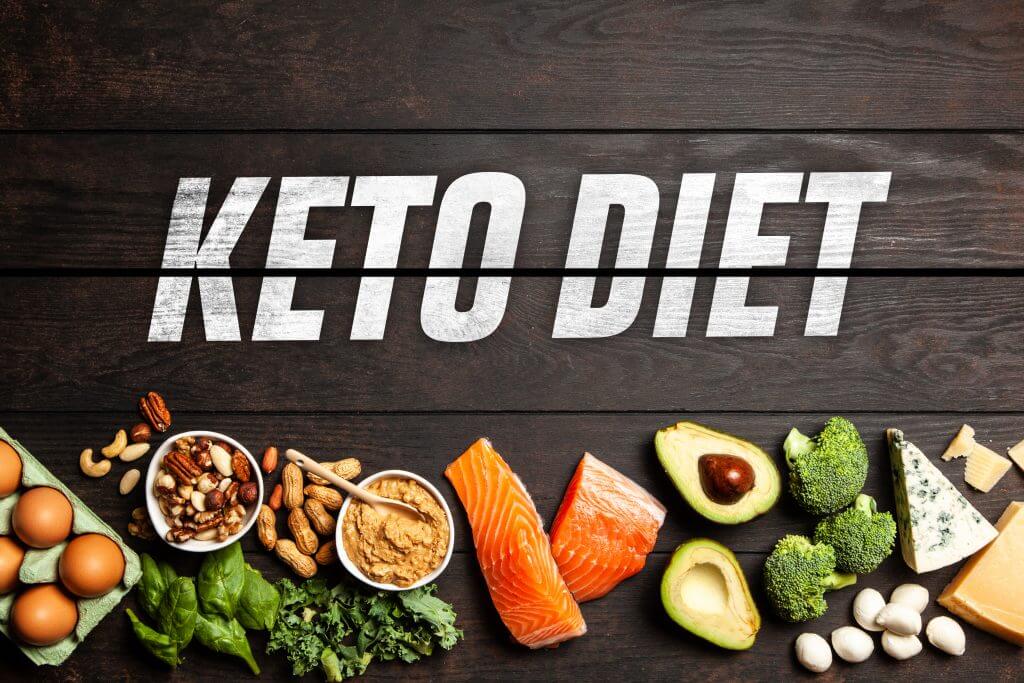Fitness Goals – Training With A Purpose
Most people headed to the gym have fitness goals in mind. That goal may be for strength, weight loss, performance related, or for general health improvements. The biggest challenge is discovering the most effective way achieve the goal. What’s the point of having a goal if you don’t know how to reach it? Often times, I see gym members performing too many exercises combined with excessive sets and reps. For example, you may want strength, but your routine is more suitable for an endurance athlete. This article will help you create a simple plan to achieve your health and fitness goals.
Defining “Reps” and “Sets”
Let’s begin with some definitions. What is the difference between “Repetitions” (Reps) and “Sets”? Repetitions also referred to as “Reps”, are the number of times an exercise is performed. SETS: The series of repetitions needed to complete the exercise. For example, 3 sets of 10 reps means you need to complete 10 reps of the exercise, broken into 3 segments. Often times with no more than a 60 second or 90 second break in between sets. Understanding the difference will be important as we cover the following fitness goals and how they are broken down.
Your Fitness Goals
The most common fitness goals we will cover are; General Fitness, Strength, Muscle Hypertrophy, Power, and Endurance. I will also include the percentage of your 1RM (One Rep Max) and the repetitions it should fall under. I don’t usually tell clients to max out on their lifts due an increased probability of injury occurring when pushing or pulling heavy weight for one rep. I recommend is finding your 1RM by performing multiple reps instead. 1RM Calculators are at your fingertips with a quick google search. For example: Step 1 – Find your 5 rep max (heaviest weight you can lift for a specific exercises x 5 reps) Step 2 – enter the data into the calculator and the application will extrapolate the estimated 1RM based on the weight and rep range. (See the table below to compare your reps/1RM percentage)
Finding your Rep Range with your 1RM
Once you find your 1RM for the exercise you’re performing, this chart will help you discover the optimal weight to use for each set. The goal is to maximize, track your growth, and set short term/long term goals. For example: If your rep range is 10 reps per set, the total weight should be 75% of your 1RM.
Rep Range Chart
General Fitness
If you’re a beginner, the focus is typically on strength/muscle building and/or trimming unwanted fat. For my clients seeking strength/muscle building, I suggest a rep range of 8-15 reps. This is spread out over the course of 8-12 exercises focusing on the entire body; upper body, lower body, and core specific. Your mission is to become comfortable while you become accustomed to specific exercises. Note: If you’re a beginner, I don’t suggest attempting your 1RM calculations. Your goal is general fitness, not risking unnecessary injury for yourself and others. When choosing the weight to lift with, I make sure it falls within the moderately heavy range. Meaning they should start to feel fatigued nearing the last reps of each set, but shouldn’t be struggling to complete the rep/set.
Muscle Hypertrophy: Rep Range 8-12 reps (70-80% of 1RM)
Muscles need to experience metabolic stress (lactic acid is produced in the muscle tissues during strenuous exercise) in order to grow. Combining intense workouts with rest and a proper diet/supplementation will help the muscle repair and grow larger. Hypertrophy training is optimally reached at an 8-12 rep range. Your goal is to reach failure during the last 2-3 reps of your set. I recommend having someone (experienced) spot you during free weight exercises in case you reach failure.
Muscle Endurance: Rep Range 15+ (65% and below of 1RM)
Endurance training will include high repetition with at least 15 (controlled/proper form) reps and up to 20 or 30. Higher reps will require lighter weight. Make sure you understand why this is your goal and don’t let your ego get in the way while you’re training next to the grunting meat heads of the gym. Too much weight + high reps = bad form and injury.
Strength: Rep Range 1-5 (87-100% of 1RM)
If your goal is strength, you need to lift heavy with fewer reps. Your rep range should be within 1-5 reps and your rest time, no longer than 3-5 minutes. The time it takes to complete a rep should be never exceed 4 seconds. This is called “Time under Tension” and is broken into two phases; “Concentric” and “Eccentric”. Concentric (Positive) Contractions: This contraction shortens your muscle as it acts against resistive force (i.e. weight). For example, during a bicep curl, the bicep contracts concentrically during the lifting phase of the exercise. Eccentric (Negative) Contractions: During these contractions, the muscles lengthen, while producing force. Usually by returning from a shortened (concentric) position to a resting position. Using the same example above, the lowering of the weight back down during a bicep curl is an eccentric contraction for the bicep. Think of this as “putting on the breaks.” You’re basically slowing the descent of the weight back down, instead of allowing the weight (and gravity) to just pull your arm back down passively.
Controlling the weight and your form is very important. Training with a partner (spotter) is ideal, to ensure your form is correct and if you reach failure, you will have someone to help spot you to avoid injury and looking like a goof ball.
Power: Rep Range 1-3 (93-100% of 1RM)
If your goal is power your workouts should not be confused with a strength training regiment. “Power” is the ability to move an object with explosiveness and speed. Powerlifting is all about the acceleration phase of your lift. Great examples of powerlifting movements can be found in Olympic-Style Lifting: Snatch, Cleans, Jerks, etc. An excellent way to train for power is to complete 3-5 sets of 1-3 reps and the calculated weight should be set between 93-100% (80-85% is also acceptable) of your 1RM. The goal is to perform your lifts as quickly as possible with a 2-4 minute rest between sets. Many of the “Olympic-Style” lifts incorporate your entire body and or multiple muscle groups at once. Each muscle group can be worked in this fashion approx 2-4 times per week, depending on the individual and his/her exercise tolerance level.
Remember, the success of your fitness goals is dependent on consistency. More importantly “abs are made in the kitchen” before you begin training, make sure you have a concrete nutrition/supplement plan to optimize your performance and set out to achieve your goals. Your diet/supplementation will look different for each of these training styles listed. Good luck and don’t forget to share your struggles/success with us.

Sean Sarantos, Certified Fitness Master Trainer/Dog Lover
IG: @sean_sarantos
Categories
Featured Articles
Follow Us
Newsletter
Join the MAN Sports insiders to access the latest content, newest product releases, exclusive deals, giveaways, and more.







